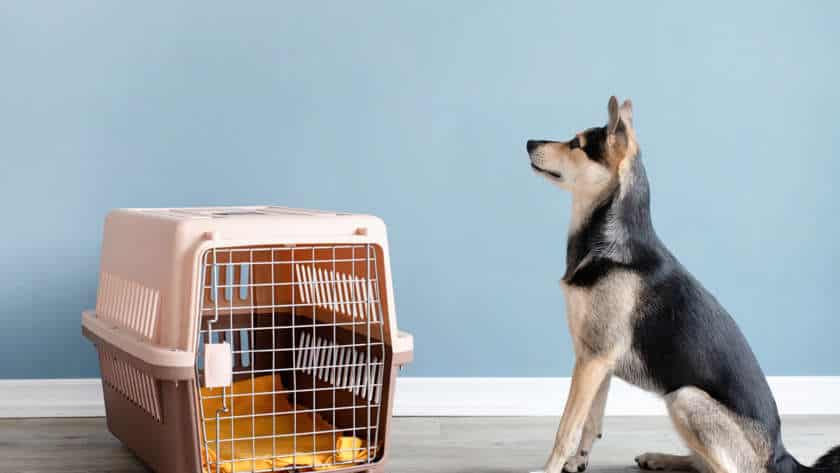Training Your Dog to Heel in Different Situations and Environments Heeling is an essential command to teach your pup. It helps maintain control & cooperative behaviour in various scenarios. Here's how to train your doggo to heel:
Start with simple indoor sessions.
Put a leash on your pup's collar and take them to a peaceful…










